How to Keep Yourself, and Those Around You, Safe Given everyone’s ongoing concerns about the COVID-19 virus, and its impacts on our daily lives, one interesting phenomena that we are seeing is a lot of people that have never owned a firearm heading to their local gun store to purchase either a handgun, shotgun or rifle. Some of these individuals have never considered owning a gun before, and some of them seem to be anti-gun people that have had a change of heart given the social turbulence that they see around them. Whatever the cause, we are glad to see people exercising their 2nd Amendment rights and rethinking their gun ownership positions. Based on the FBI statistics what we are seeing locally is happening all across the United States. In fact, January 2020 had the fourth-highest number of National Instant Criminal Background Check System (NICS) background checks ever for a month - totaling 2,702,707 checks. February exceeded that number recording 2,802,467 background checks, with 797,221 of these checks occurring between 21 February and 1 March 2020 - the third-highest level since 1998. In total 338,509,235 NICS background checks have been completed since the system started operations in November 1998; approximately 8 million background checks more than the entire population of the United States of 330 million people. Here’s the FBI’s data from November 1998 through February 2020. Here’s the FBI’s data for January and February 2020 – broken down by State If you want to see more of the FBI’s NICS data here are the direct links: - https://www.fbi.gov/file-repository/nics_firearm_checks_-_month_year.pdf/view - https://www.fbi.gov/file-repository/nics_firearm_checks_-_month_year_by_state.pdf/view - https://www.fbi.gov/services/cjis/nics As with most things in life, this explosion of people realizing that they need to be able to defend themselves (and taking actions to exercise their 2nd Amendment rights to purchase firearms to do so), has both pros and cons. Biggest Pro – People understand that they are responsible for their own protection - especially since the average response time in the United States for the Police to arrive after being called is 9 minutes and 35 seconds – even in the best of circumstances. Biggest Con – There are a whole lot of new gun owners out there with firearms that they haven’t trained with and, in many cases, really don’t know how to effectively use safely. So that brings us to today’s real blog topic: The 4 Rules of Gun Safety. Initially developed by Lt. Col. Jeff Cooper in 1976 at “Gunsite”, his ranch in northern Arizona dedicated to teaching and advancing the knowledge that Cooper had developed as his “Modern Technique” approach to effectively using firearms. Cooper’s initial version of the 4 Rules of Gun Safety was: Rule One: All guns are always loaded. Rule Two: Never let the muzzle cover anything which you are not willing to destroy. Rule Three: Keep your finger off the trigger until your sights are on the target. Rule Four: Always be sure of your target. For safety’s sake every gun owner should commit these 4 rules to memory, and should follow them 100% of the time to maximize safety and minimize accidents. Responsible gun ownership means learning and practicing the behaviors that help prevent needless accidental injury and/or death – in all situations. Over the past 40 years numerous variations to the wording of Cooper’s original 4 Rules have proliferated – mostly to provide additional clarity. The version of the 4 Rules of Gun Safety that we prefer are: Based on these four rules some key points that we like emphasize to other shooters (both new – and yes – sometimes old timers too) are:
One last note. Over the past several years, as gun safety has been highlighted, a new rule seems to be emerging:
We like this rule since you should obviously store your guns so they are not accessible to unauthorized people; including your children, friends, and other people that might have access to your home and/or firearms - wherever they are located. For more details and opinions about the 4 Rules of Gun Safety here are some other great online reference sources: - A Girl & A Gun: “4 Rules of Gun Safety” -- https://www.agirlandagun.org/training/4-rules-of-gun-safety/ - Keepgunssafe.com – “The Four Primary Rules of Firearm Safety” -- https://keepgunssafe.com/four-primary-rules-firearm-safety/ - Cheaper Than Dirt Blog – “4 Rules of Gun Safety” -- https://blog.cheaperthandirt.com/4-rules-gun-safety/ To really drive the point home, here's a great video from Colion Noir discussing the same topic for new gun owners: "7 Things You Should Do After Buying Your First Gun": In addition, here are two videos from Paul Harrell where he gives his "tips on how non-firearms enthusiasts can make good decisions in buying firearms" during today's situation: So, whether you are a new gun owner or an old hand, play it safe and follow The 4 Rules of Gun Safety whenever you are around firearms.
3 Comments
The Hierarchy of Survival Actions Since everyone is currently focused on surviving the COVID-19 (e.g. coronavirus) pandemic we thought that this would be a good time to discuss the hierarchy of survival actions – as dictated by the “Rule of Three”. For those of you not familiar with the “Rule of Three” it states that you can survive for 3 minutes without air/oxygen or in icy water. You can survive for 3 hours without shelter in a harsh environment. You can survive for 3 days without water (if sheltered from a harsh environment). You can survive for 3 weeks without food (if you have water and shelter). So what does the “Rule of Three” really mean? Well it’s pretty straightforward in directing what you need to focus on and how quickly you need to focus on it. After all, if you can’t breathe - you don’t need shelter. If you get hypothermia from the rain, heatstroke from the sun, or freeze from the cold - you don’t need water. If you are incapacitated or die from dehydration – you don’t need food. And, if you have a shelter and water, then knowing that you have 3 weeks to either improve your wilderness living situation, find a way to trek back to civilization, or help rescuers locate you, should greatly improve your mental condition – while you hunt and gather food.
As a specific example of this survival hierarchy, if you watch the TV “survival” shows (e.g. Naked and Afraid, Alone, Man vs. Wild, Dual Survival, etc.,) you can see that there is often a great difference between the initial actions that the experts and the novices take when dropped into the wilderness. Many of the novices start by trying to build a fire – something that may be important – but can take a significant amount of time and effort – and can prove to be very frustrating; a bad emotion to encounter on your first day in a survival situation. In contrast, you’ll notice that the experts normally try to find a good site for their shelter (near water if possible, sheltered from the wind, away from any flood plain and safe from any “widow maker” trees). Once they have located a good site they immediately try to build the best shelter that they can in the available time that they have before nightfall; knowing that they can always improve their shelter on Day #2 if they survive Day #1. As they collect materials for their shelter they might simultaneously gather materials to make a fire, but the fire is of secondary importance (especially since having a shelter will allow them to more easily build, light and protect a fire and any firewood they gather). Only once they have a shelter do they begin to focus in earnest on their needs for fire, a longer term water supply and how to acquire food. Rather than write a very long blog that still only superficially covers the vast amount of detail required to really prepare you for a survival situation, here’s a listing of six books that you might want to own so that you have access to the knowledge that the survival experts have honed over the years:
For more information on survival, especially what you might want to do to prepare for a potential short term disaster, you should check out our website’s “Camping/Maps and Books” and “Disaster Preparedness” pages. But, whatever else you do, please remember the “Rule of Three” - since it could save your life. How to Enjoy the Outback and Leave it in a Condition for the Next Adventurers to do the Same Last week we received an email from Troop 325 of the Boy Scouts of America (BSA) - a troop located near San Diego, California - thanking us for all the camping and hiking tips on our HCS website. It turns out that when the Scouts from Troop 325 were writing their “Outdoor Code” principles they found a lot of ideas and helpful links on our site. As an Eagle Scout, and Philmont ranger, I’m always glad to receive positive feedback from Scouts – especially since the main reason we built our website was to pass on some of the knowledge, research, links, and tips that we’ve gathered over the years. Their email also got us to thinking that the “Outdoor Code”, and the ethos that it embodies, would make a great blog post. So that’s our topic for today. For those of you not familiar with the “Outdoor Code” it first showed up in Boys' Life magazine’s March 1954 issue, which featured "An Outdoor Code for Americans" and "BSA's Conservation Good Turn". The Good Turn was prompted by a request from President Eisenhower, challenging the Boy Scouts to raise public awareness about the importance of caring for our natural resources. Now, 66 years later, the Outdoor Code is probably even more relevant to all of our outback activities since there are more people out there enjoying the beauty and challenges that Nature has to offer. Since its initial publication in 1954 the wording of the Outdoor Code has changed slightly to keep up with the times. Here’s the latest version: As an American, I will do my best to…
For those of you not familiar with the Outdoor Code, you may have seen similar outback principles under the title of “Leave No Trace” – a movement that began in the 1960’s and 70’s when there was a significant increase in the number of visits to US National Parks. This movement eventually drove the United States Forest Service, in conjunction with the National Outdoor Leadership School (NOLS), to develop a national education program on “Leave No Trace” in 1990. Today one of the main drivers of the Leave No Trace activities is the Leave No Trace Center for Outdoor Ethics with their “The Leave No Trace Seven Principles” (© 1999 by the Leave No Trace Center for Outdoor Ethics: www.LNT.org). Their 7 Principles are:
The Leave No Trace Center for Outdoor Ethics has even refined their principles into 7 Principles for the Frontcountry:
Obviously, both the Outdoor Code and the Leave No Trace Seven Principles are great guidance for how everyone should act during their activities in the outback; with education hopefully more people will. So, back to Troop 325 - in addition to suggesting this whole blog topic, as a way of helping spread their knowledge they also sent us the link to an article that we hadn’t seen: "Leave No Trace: Low-Impact Campgrounds" from www.wristband.com, written by Michele Wheat. This article has some great information about “Low-Impact Camping Tips” and “How to Hike and Leave No Trace”. The article also has links to over 20 other websites with additional resources. You should give it a read. If you want more information on the Outdoor Code, or Leave No Trace, here are several links to other websites that you should check out:
“The Outdoor Code” https://outdoorethics-bsa.org/OutdoorCode.php “Outdoor Ethics Guide” https://www.scouting.org/outdoor-programs/outdoor-ethics-guide/ “BSA Leave No Trace” https://www.scouting.org/outdoor-programs/leave-no-trace/ ScoutSmarts – “The Outdoor Code (My Ultimate Guide For Any Scout or Troop)” https://scoutsmarts.com/the-outdoor-code/ “The Outdoor Code” https://scoutermom.com/1221/the-outdoor-code/ Leave No Trace https://lnt.org/ “The 7 Principles” https://lnt.org/why/7-principles/ “The LNT Seven Principles – Principle 1: Plan Ahead and Prepare” - https://lnt.org/why/7-principles/plan-ahead-and-prepare/ “The LNT Seven Principles – Principle 2: Travel & Camp on Durable Surfaces” - https://lnt.org/why/7-principles/travel-camp-on-durable-surfaces/ “The LNT Seven Principles – Principle 3: Dispose of Waste Properly” - https://lnt.org/why/7-principles/dispose-of-waste-properly/ “The LNT Seven Principles – Principle 4: Leave What You Find” - https://lnt.org/why/7-principles/leave-what-you-find/ “The LNT Seven Principles – Principle 5: Minimize Campfire Impacts” - https://lnt.org/why/7-principles/minimize-campfire-impacts/ “The LNT Seven Principles – Principle 6: Respect Wildlife” - https://lnt.org/why/7-principles/respect-wildlife/ “The LNT Seven Principles – Principle 7: Be Considerate of Other Visitors” - https://lnt.org/why/7-principles/be-considerate-of-other-visitors/ “Leave No Trace for Frontcountry” https://lnt.org/research-resources/leave-no-trace-for-frontcountry/ Leave No Trace Seven Principles https://www.rei.com/learn/expert-advice/leave-no-trace.html wristband.com - "Leave No Trace: Low-Impact Campgrounds" https://www.wristband.com/content/leave-no-trace-low-impact-campgrounds/ Tread Lightly https://www.treadlightly.org/ |
What's On This Page?Here's where we post reviews, questions, answers, thoughts and other information that's of general interest to our followers in a blog format. Categories
All
Archives
August 2023
|
|
|
Copyright 2016-2024 Hiking, Camping and Shooting |
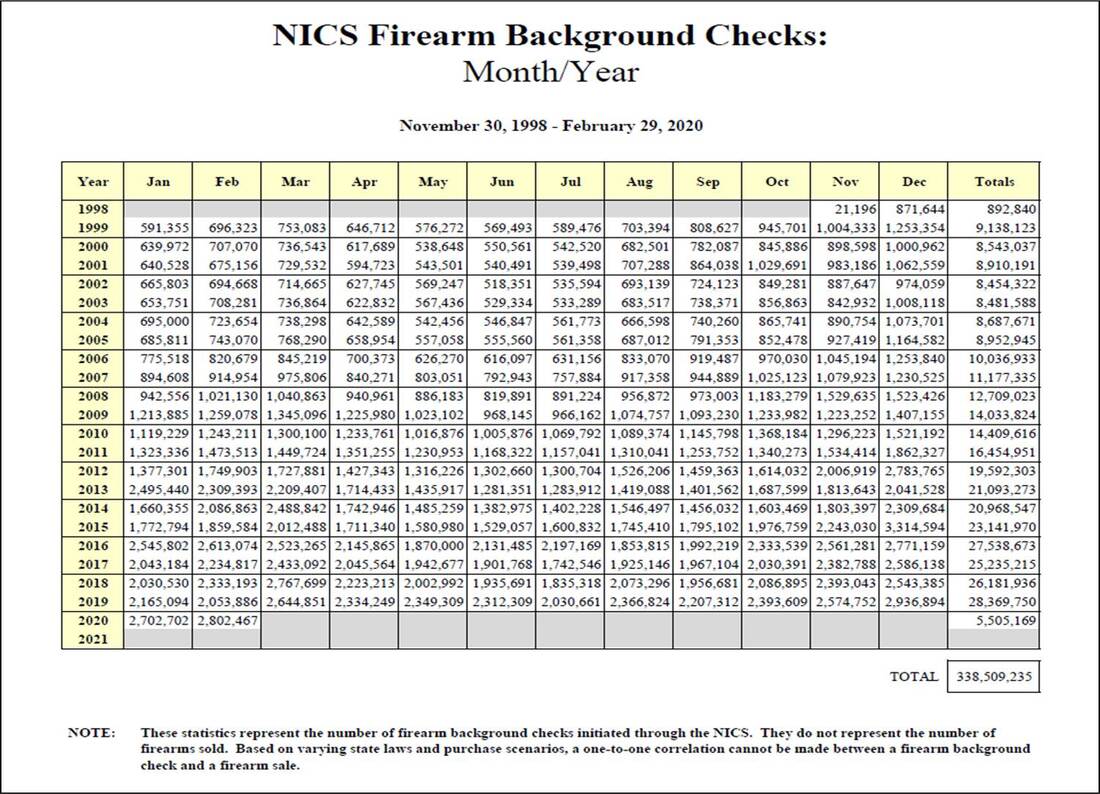

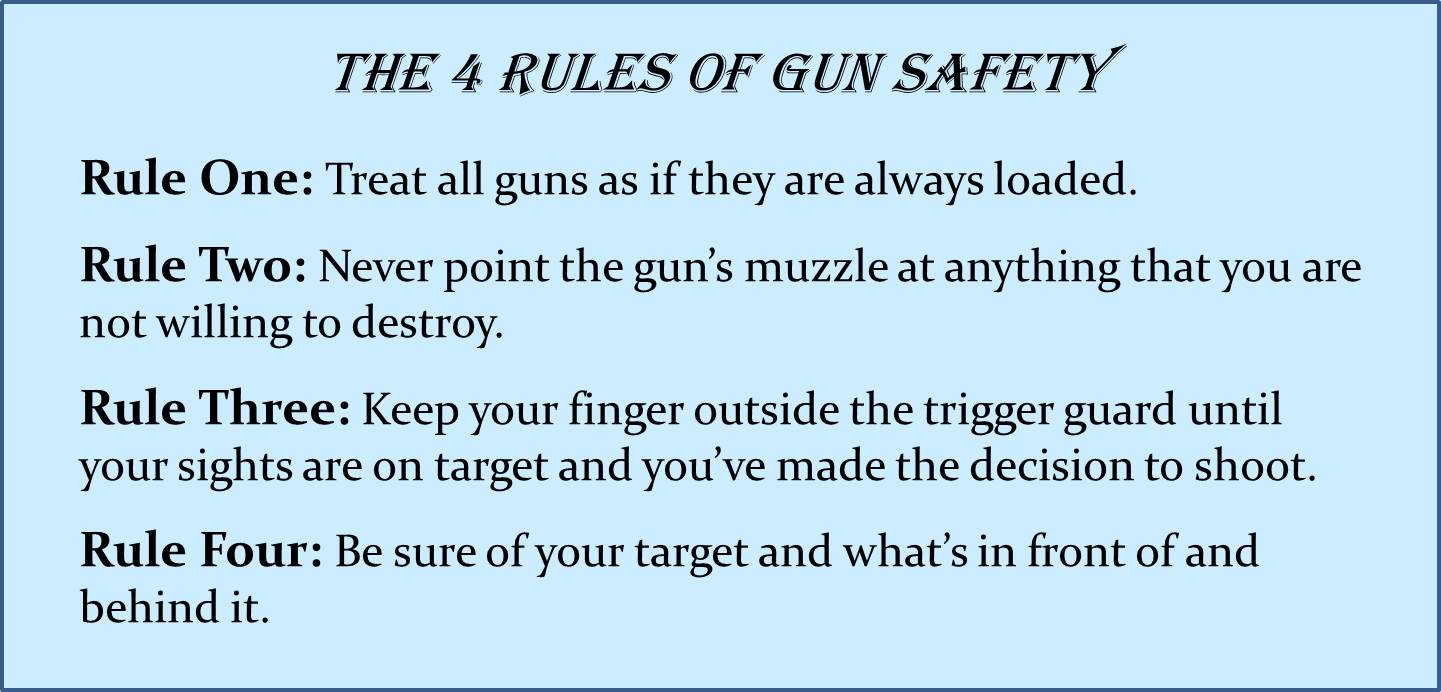

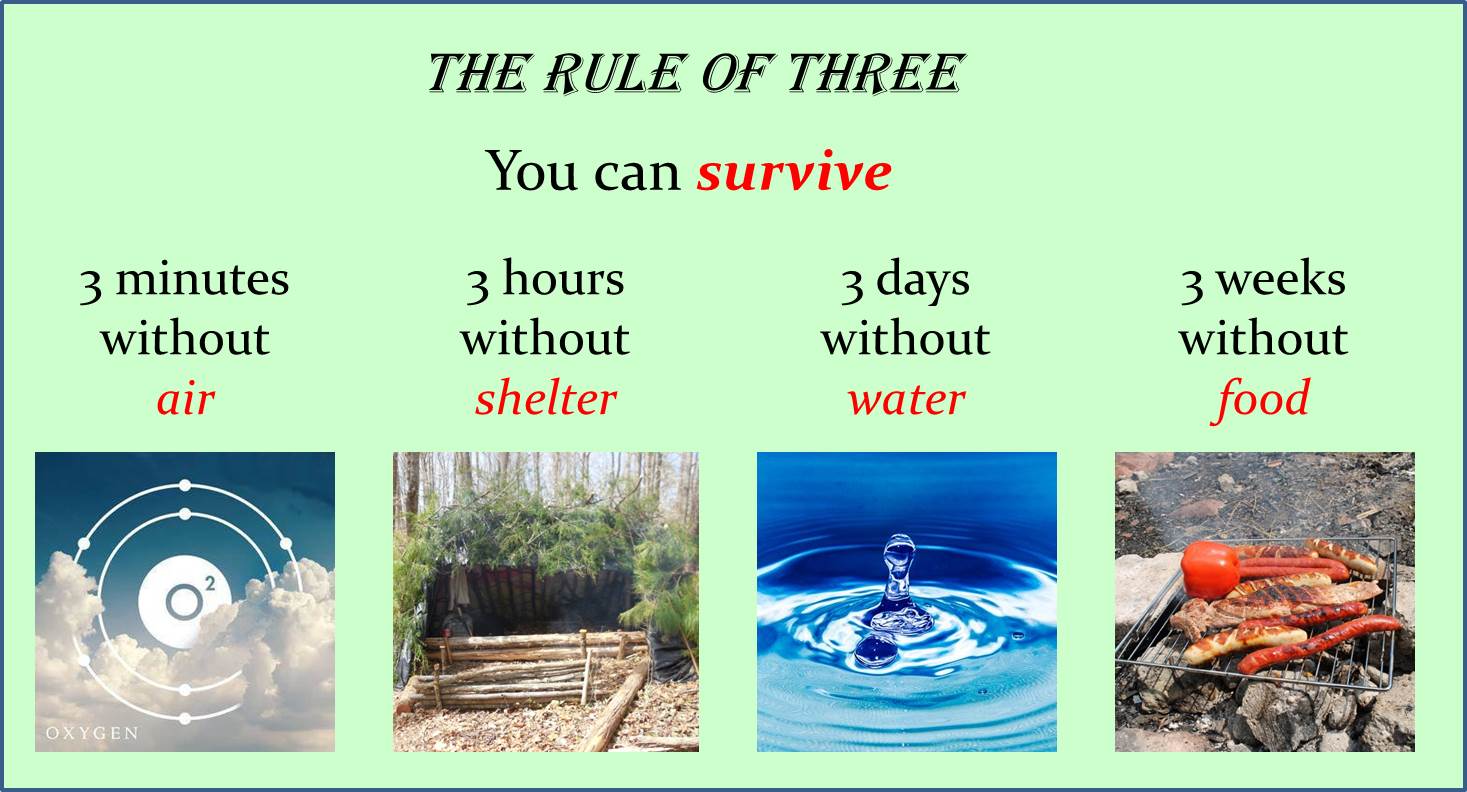
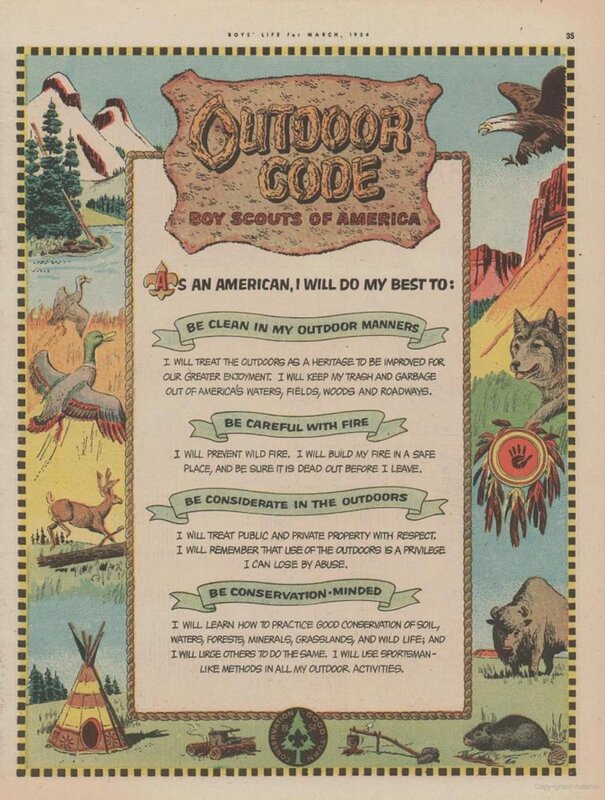
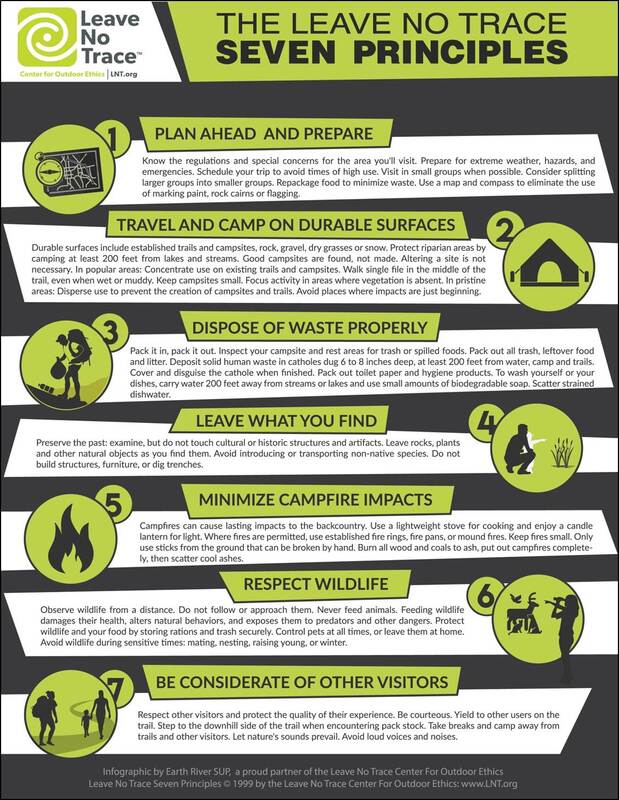

 RSS Feed
RSS Feed